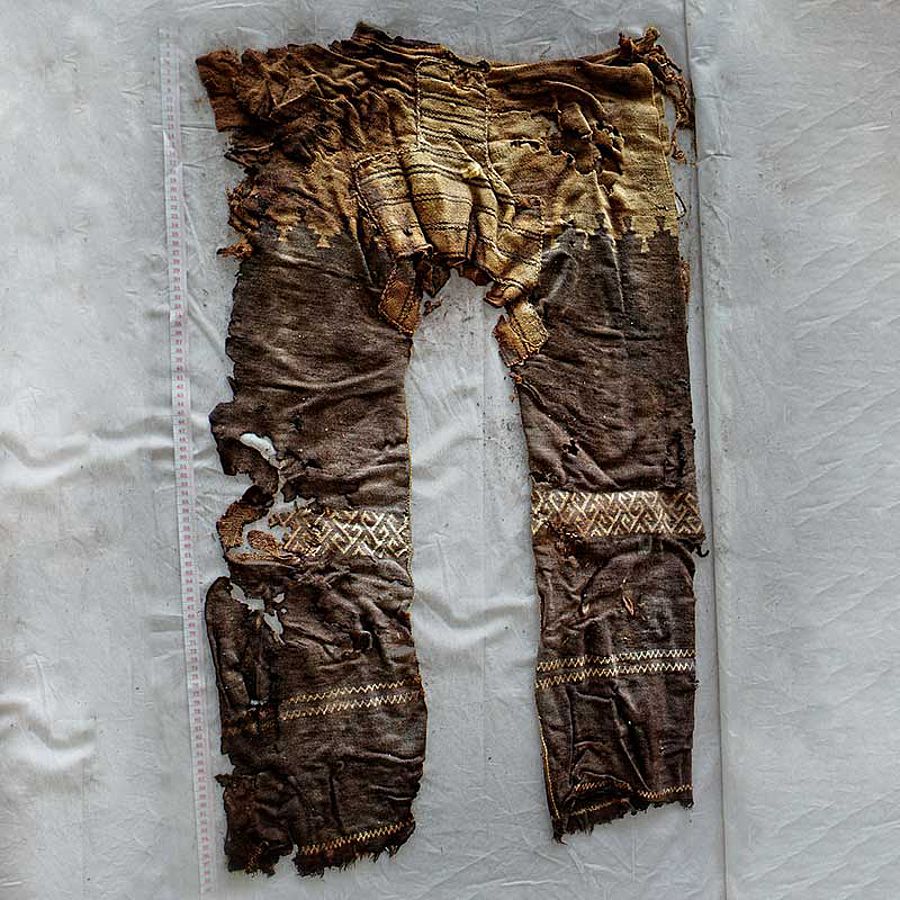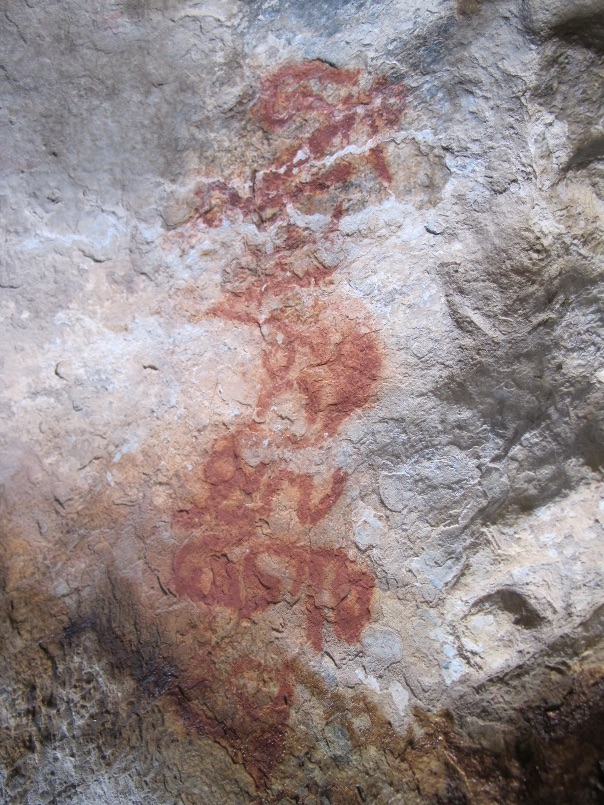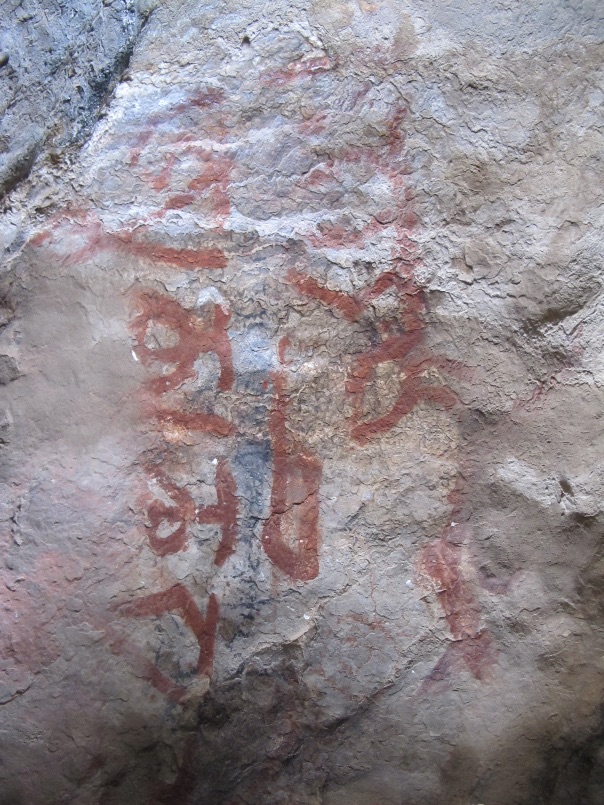Tel Lachish and the origin of the alphabet
I've often heard of important discoveries at Tel Lachish, and I have a special interest in the origins of the alphabet, which I consider one of the most important inventions in the history of humankind. So when I saw the title of this article, I perked up instantaneously.
"Archaeologists Think They’ve Found Missing Link in Origin of the Alphabet
A three and a half millennia old milk jar fragment unearthed at Tel Lachish in Israel has caused quite a bit of excitement."
By Candida Moss, The Daily Beast, Updated Apr. 25, 2021 8:18AM ET / Published Apr. 25, 2021 8:17AM ET
Read the rest of this entry »


